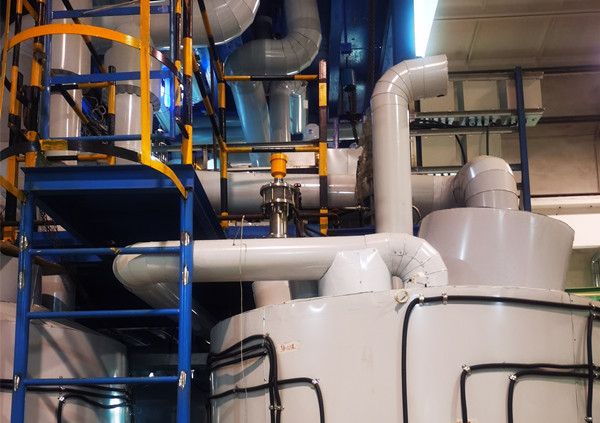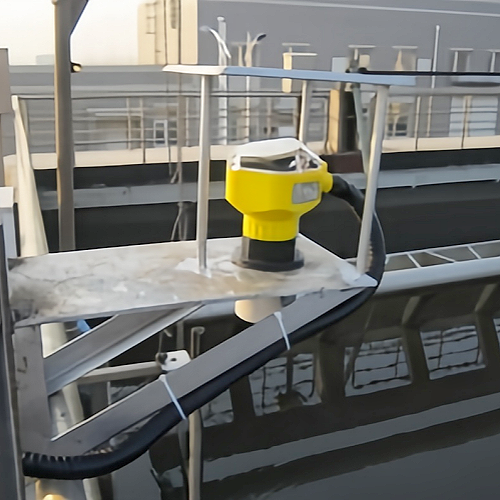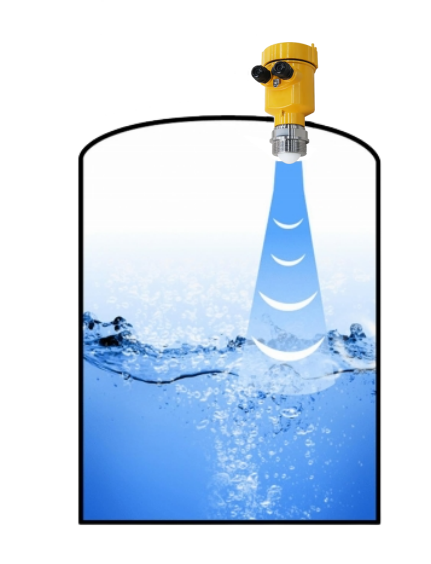BETTER TOUCH BETTER BUSINESS
Contact Sales at KAIDI.
In such industries as food and beverage, daily chemicals, pharmaceuticals, semiconductors and other industries in the automated production process, in order to ensure the consistency of product quality, the production process directly by manual monitoring and intervention of the era has been far away, the level of measurement and float level monitoring plays an increasingly important role, it can be said that the level of the measurement and monitoring of the direct impact on the quality of the product, and even related to the production process is able to carry out smoothly.
Currently, simple mechanical and rough measurement and monitoring are also increasingly replaced by high reliability and stability as well as simple installation and commissioning, compact dimensions and diverse applications. In addition, due to the complexity and variability of the level detection environment, it also brings different challenges for the application of sensors. For example: high viscosity liquid height detection, impurity-containing wastewater level monitoring, level height measurement with foam, highly corrosive liquid height alarm and so on. In response to the various needs of the market, researchers and developers have developed a variety of measurement techniques and liquid level measurement instruments methods. The following is an introduction to several common level measurement instruments methods.

1, float-type measurement: the way for the simplest, oldest detection method, the price is relatively cheap. Mainly through the float up and down to detect changes in the liquid level, its mechanical detection, detection accuracy is easily affected by buoyancy, repeatability is poor, different liquids need to be recalibrated. It is not suitable for viscous or impurity-containing liquids, which can easily cause the float to be clogged, and at the same time, it does not meet the application requirements of the food hygiene industry.
2, tuning fork vibration measurement: tuning fork measurement only for the switching output, can not be used for continuous monitoring of liquid height, more representative of the tuning fork level switch. The principle is: when the liquid or bulk material filled with two vibrating forks, the resonance frequency change, relying on the detection frequency change and send a switch signal. It can be used for high viscosity liquid or solid bulk material height monitoring, mainly for overflow alarm, low level alarm, etc., does not provide analog output, in addition, most cases need to be installed in the container side of the hole.
3, ultrasonic level measurement: because of its principle for the detection of ultrasonic transmission and reflection of the time difference to calculate the height of the liquid level, susceptible to ultrasonic propagation of energy loss. It has the characteristics of easy installation, flexibility and so on, usually can be installed in the high place for non-contact measurement. However, when used in the environment containing steam, powder layer, etc., the detection distance will be significantly shortened, therefore, it is not recommended to use ultrasonic level meter in the foam and other wave-absorbing environment.

4, TDR (time domain reflection) / guided wave radar / microwave principle measurement: its name has a variety of different names in the industry, which has the benefits of laser measurement, such as: easy to install, calibration, good flexibility, etc., but better than laser detection, such as no need to repeat the calibration and multifunctional output, etc., for a variety of foam-containing level detection, not affected by the color of the liquid, and can be applied even to highly viscous liquids, by the Relatively small interference with the external environment, but its measurement height is generally less than 6 meters.
5, laser measurement: laser sensors based on the optical detection principle, through the surface of the object reflecting light to the receiver for detection, the spot is small and concentrated, easy to install, calibrate, good flexibility, can be applied to the bulk or liquid level of continuous or limit alarms, etc.; but it is not suitable for transparent liquids (transparent liquids are prone to refraction of light, resulting in the light can not be reflected back to the receiver), containing foam or steam environment (can not penetrate the foam or susceptible to steam). Can not penetrate the foam or steam interference), fluctuating liquids (easy to cause false action), vibration environment.
6, photoelectric refractive measurement: the detection method through the sensor issued by the internal light source, the light source through the transparent resin reflected to the sensor receiver, but when encountered with the liquid surface, part of the light will be refracted to the liquid, so that the sensor detects the full reflection back to the reduction of the light value to monitor the liquid level. The detection method is cheap, easy to install and debug, but can only be applied to transparent liquids, while only outputting switching signals.

7, capacitive measurement: capacitive measurement is mainly through the detection of changes in capacitance value due to changes in the height of the liquid or bulk material to measure the height of the material level. There are more types, there can be output analog capacitance level meter, capacitance proximity switch, capacitance proximity switch can be installed on the side of the container for non-contact detection. Selection must be noted that the capacitance sensor is susceptible to different container materials and solution properties, such as plastic containers and hanging material conditions are likely to affect the analog output of the capacitance sensor.
8, hydrostatic measurement: the measurement method is installed in the bottom of the pressure sensor, through the detection of the bottom of the liquid pressure, conversion calculation of the liquid level height, the bottom of the liquid pressure reference value for the top of the connection with the atmospheric pressure or known air pressure. The measurement requires the use of high-precision, flush pressure sensors, while the conversion process needs to be constantly calibrated, the advantage of the detection is not limited by the height of the liquid level, but the higher the height, the higher the sensor accuracy requirements, the use of a long time or the replacement of the liquid needs to be repeated when the calibration.
We are here to help you! If you close the chatbox, you will automatically receive a response from us via email. Please be sure to leave your contact details so that we can better assist